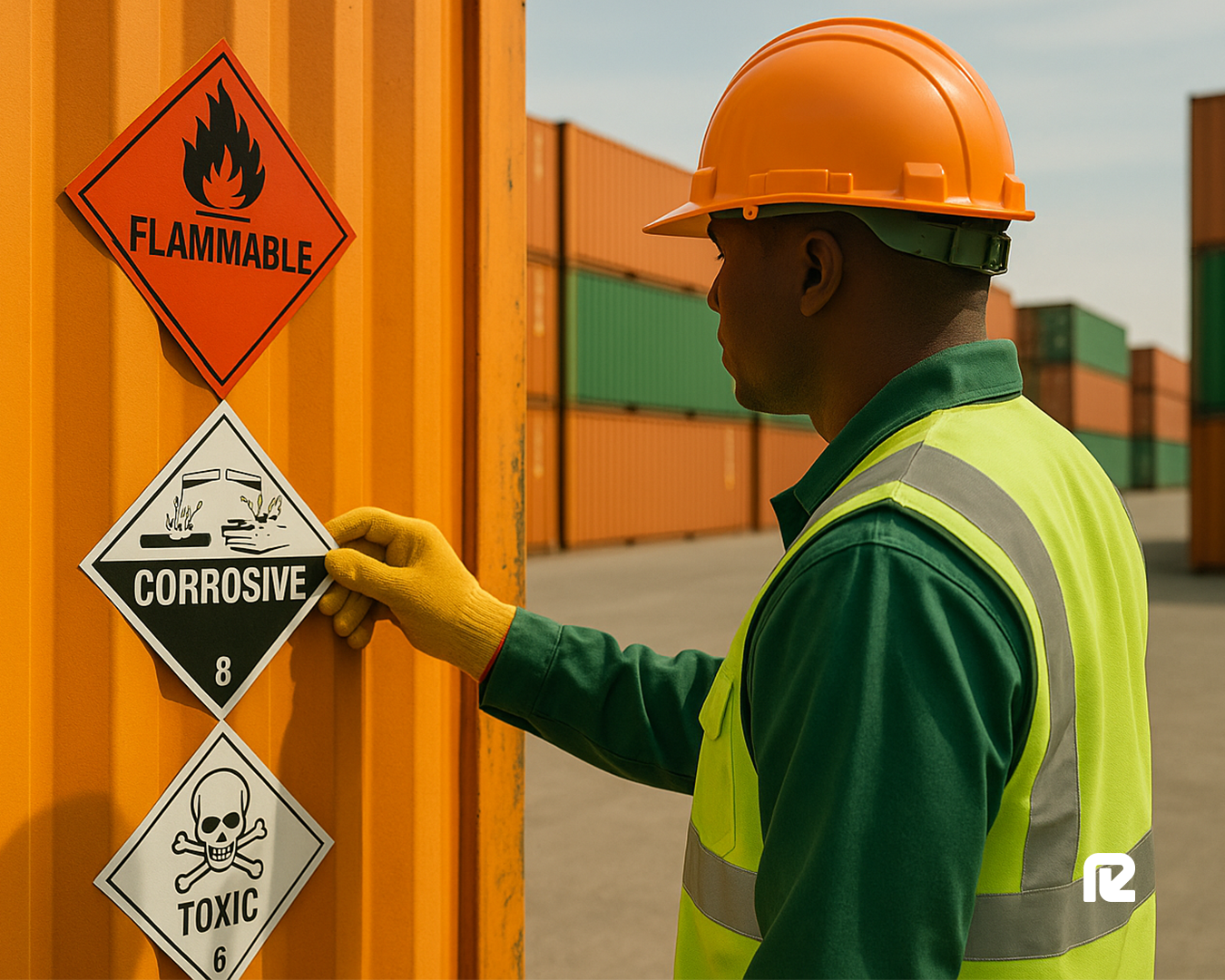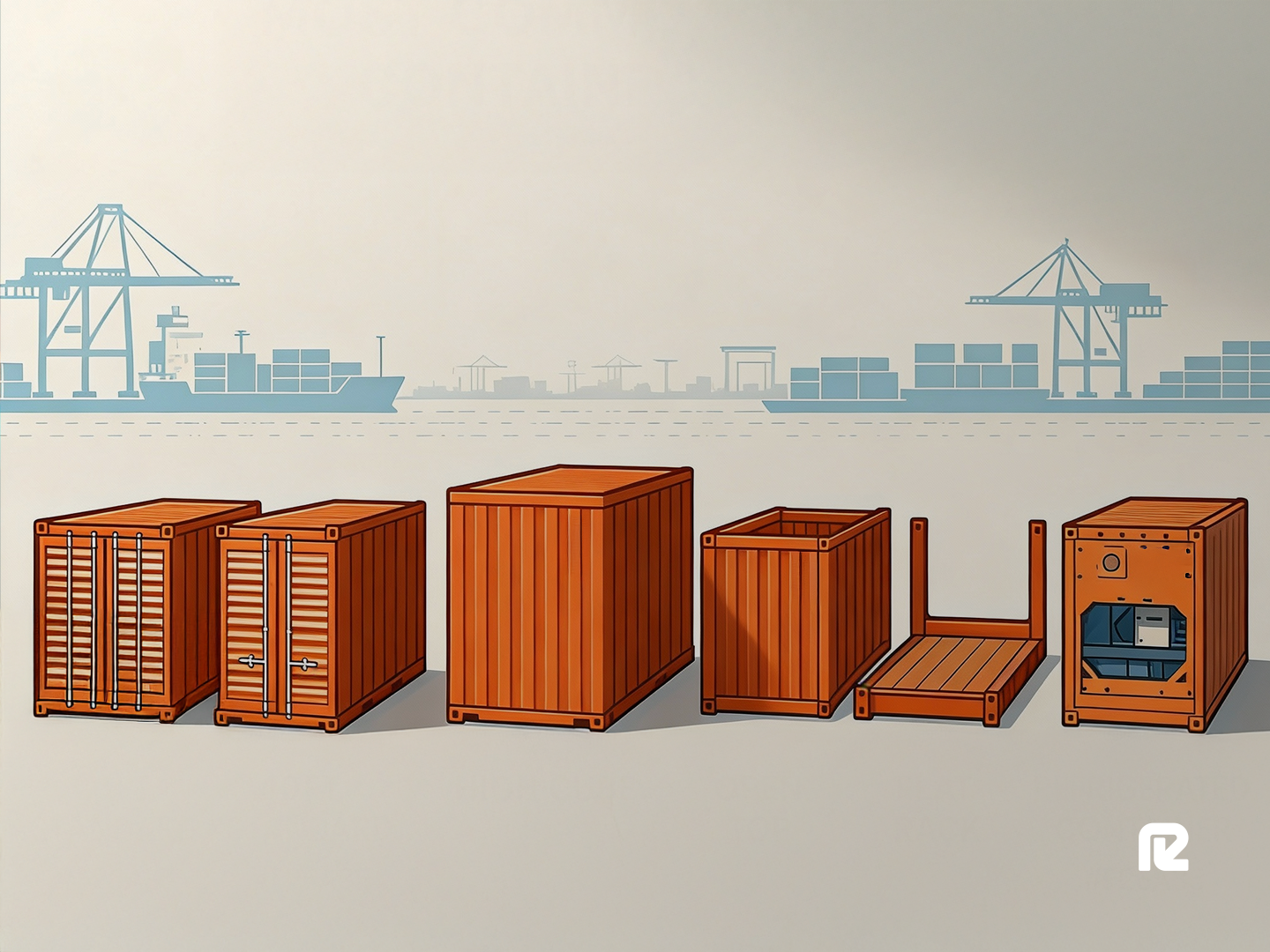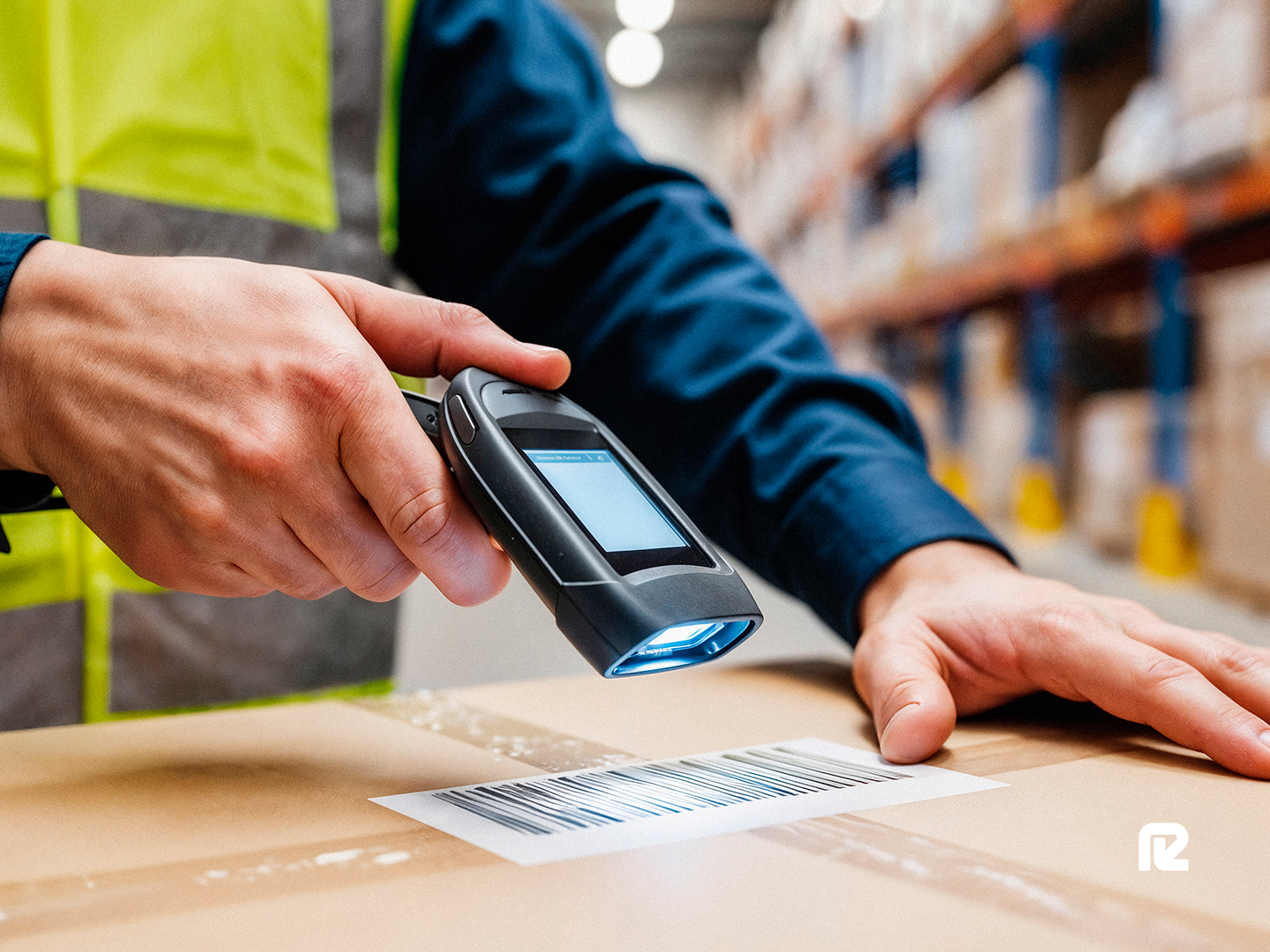Shipping Dangerous Goods by Sea: A Comprehensive Guide


The logistics of shipping dangerous goods are high pressure and high risk, with not a lot of room for mistakes. It’s one of the most tightly regulated and logistically complex tasks in the global supply chain, and for good reason. Accidents and slip-ups often lead to fines, delays, and sometimes cancellations in shipments, not to mention the safety risks.
In this article, we’ll cover the critical rules and regulations, labels, and practical know-how you need when shipping dangerous goods, plus how our team keeps your shipments moving safely and your business protected.
Why Dangerous Goods Require Specialized Transport
When we refer to dangerous goods, we’re specifically discussing certain goods that pose a risk to the health and safety of the environment or people during transportation. This can range from flammable liquids and toxic chemicals to lithium batteries or radioactive materials. These are critical and essential items to many different industries, including mining, agriculture, manufacturing, and the energy industry, and cannot be handled like other general cargo.
These goods require specialized transport because the improper labelling of such items can cause fires and dangerous chemical spills, leading to monetary penalties and even the rejection of the cargo.
There are international regulations that shippers need to know to standardize how these materials need to be moved. This is especially critical during ocean transport, where emergency response is limited.
Understanding the IMDG Code
The International Maritime Dangerous Goods (IMDG) Code was set out by the International Maritime Organization (IMO) and outlines the requirements for classification, documentation, labeling, packaging, stowage, and how to respond to emergencies when transporting dangerous goods. The IMDG Code is mandatory to follow for all signatories to the Safety of Life at Sea (SOLAS) Convention.
The Code is kept up to date to reflect new laws, materials, and any changing technologies.
The IMDG Code is updated regularly to reflect evolving knowledge, new materials, and changing technologies. Working with a forwarding company that keeps on top of each revision and relays these changes to their clients is essential for avoiding fines and delays, or cancellations with deliveries.
The Nine Classes of Dangerous Goods
When complying with these rules, correctly classifying the goods is essential. There are nine classes of dangerous items that the IMDG Code groups dangerous items into; these are as follows:
1. Explosives
2. Gases
3. Flammable liquids
4. Flammable solids and reactive substances
5. Oxidizing agents and organic peroxides
6. Toxic and infectious substances
7. Radioactive material
8. Corrosive substances
9. Miscellaneous dangerous substances
Each of these classes has specific requirements for labeling, packing, and handling. The misclassification of these substances and goods could, of course, result in an accident, or in the shipment being rejected and fines being issued.
As well as making sure goods are put into the right classification type, each shipment must also include a Proper Shipping Name (PSN) and a corresponding four-digit UN Number, which is recognized globally, as well as information such as the packing group, which indicates the level of danger, and hazard class labels must be added to the cargo and all shipping documentation.

Packaging and Labeling
When packing dangerous goods, it’s essential that the packaging is strong enough to withstand elements such as pressure, heat, and any corrosive leaks that might occur. Some specific packaging that helps with this might include drums, pressure vessels, and intermediate bulk containers (IBCs). These containers must also clearly display the appropriate hazard and handling labels, which should be durable and resistant to wet weather, especially during long ocean transportation.
Logistics partners work closely with clients to make sure each shipment meets packaging and labeling standards.
Dangerous Goods Documentation
Documentation is another obstacle when shipping dangerous goods. The most important forms to include during shipping are:
· Dangerous Goods Declaration (DGD)
· Multimodal Dangerous Goods Form
· Container or Vehicle Packing Certificate
Each of these forms must match the cargo in terms of UN number, PSN, class, packing group, and quantity of goods. Having inaccurate data in forms and having missing data are some of the most common reasons that dangerous shipments are denied or delayed during their journey.
Logistics forwarders do a lot of this work for their clients with the aim of avoiding documentation-related setbacks.
Stowage, Segregation, and Safety
Once the cargo is labeled, packed, and documented, safe storage becomes the next priority. All dangerous products and goods must be stowed according to their class and compatibility with other cargo. For example, flammable liquids need to be kept away from oxidizing agents and soft commodities like food.
The IMDG Code includes details on stowage and segregation to prevent any reactions or accidents if certain substances come into contact with each other. Reload Logistics has strong relationships and works closely together with port operators and planners to make sure cargo is labeled, packed, documented, and loaded in relation to these IMDG rules, with the aim to always minimize the risk of accidents during shipping and transit.
Emergencies and Response
Of course, with dangerous goods, no matter how well prepared, there is always the risk of something going wrong. For these situations, there’s the Emergency Response Guide (ERG), which outlines how to react and which actions should be taken in these situations. A lot of shipments will also require a Medical First Aid Guide (MFAG) and Safety Data Sheets (SDS), which are written to assist the crews onboard in responding safely.
Regional Compliance: Southern Africa
We have spoken a lot about the IMDG Code, which acts as the international standard, but this isn’t the only regulation to follow—there are also local regulations. Each country throughout Southern Africa will have specific rules, documentation formats, and certificate requirements. One example of this is that shipments that start in South Africa must align with the Transport of Dangerous Goods by Road(TDG) regulations before they even reach the port.
Freight forwarders like Reload Logistics have a deep understanding of this regional knowledge throughout the whole of Southern Africa, including working closely with ports like Durban, Beira, and Walvis Bay. We coordinate with authorities across borders and different transport modes, making both shipping dangerous goods and using multimodal transport safe and compliant, without much work from clients.
Partnering with Reload to Ship Dangerous Goods
As well as being compliant, training is another vital part of the logistics operation at Reload. Our teams regularly undergo training in IMDG handling, documentation compliance, and emergency response. We also work with digital logistics tools that track cargo and its conditions and documentation along the journey to identify potential issues with compliance before they become larger issues or cargo gets stuck at ports. This proactive approach, paired with local knowledge of the region, is what keeps our clients’ supply chains running smoothly, even when moving complex cargo and dangerous goods across international waters and across borders.
Whether you’re shipping mining chemicals, industrial gases, or energy-sector materials, we can help you navigate each stage from classification and packaging to documentation, stowage, and delivery.
Contact us to learn how Reload can simplify your dangerous goods shipping—safely and efficiently.
Categories






